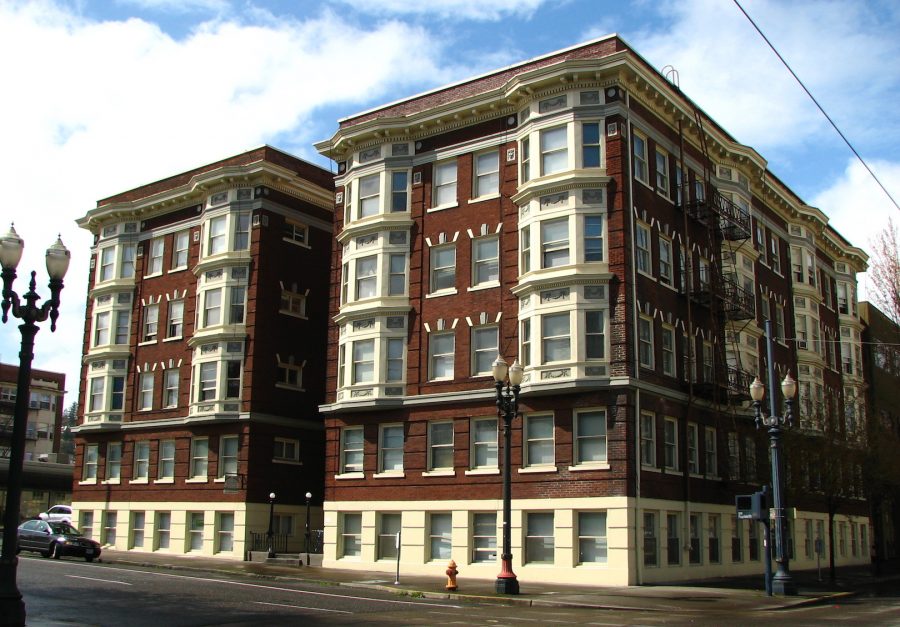Adding value to your apartment homes will give you the opportunity to increase rent and show tenants you are available and willing to assist them with any need. There are numerous ways you could increase the value of your apartment homes. Here are five ways to do so.
1) Increase Rent 1-3% Annually
Make sure to stay on top of your competition. Research their amenities, apartments, and rents. You can even go for a tour of your competition’s apartments to see what they offer to their tenants. This will allow you to make educated assumptions of how much you can increase your rent. According to Blake Hilgemann of Time Magazine, “Make sure you know the rents in the area, researching sites such as Zillow, Rentometer, Craigslist, and the MLS if you have access. You may find there is plenty of room to increase your revenue a small amount each year (1%-3%) while remaining competitive.” With these tactics in mind, there are plenty of other ways you can increase the rent, as well, in such a way that will keep tenants with you instead of leave you for the apartment complex down the street.
2) Make Updates to Increase the Rent
Paint walls with neutral, earthy tones, and use accent walls to add a home-like feeling. These types of paints can add serious value to tenants. For new tenants, it will draw them in and will likely have them feeling at home just by entering the apartment. While with current tenants, it will show them that your are serious about increasing the value of their apartment homes. Replace aged appliances with new, stainless steel appliances. This adds a clean look that will add value to your tenants’ and future tenants’ apartments. This will likely have them willing to pay an increase on rent come the end of their annual lease agreement.
3) Add a Swimming Pool
Adding a pool to the property will pique potential tenants’ interests, as it is one of the first amenities tenants will want to check out.
Keeping a pool clean and chemically balanced is vitally important if you add a pool in your apartment community. Make sure to have it thoroughly cleaned weekly and have certain maintenance checks done daily, according to your pool guys’ recommendations.
4) Utilize Landscapers for Beautiful Curb Appeal
Keeping a landscape fresh and trimmed is an excellent way to add value to your apartment rental properties. Using a landscaper to do this for you will keep you in the seat of managing the property instead of doing it yourself and possibly wasting your time. This can be a great investment to draw in your audience.
5) Take Safety Precautions
Switch out utility equipment indoors and outdoors for increased safety. Keep outdoor lighting fresh and bright to light up the areas in which they touch. Lighting streets significantly reduces crime. Keep them on timers so that they come on right when it is getting dark. Make sure to change the timers with daylight savings times! Replace the bulbs with eco-friendly, energy-efficient bulbs to reduce costs.
Use bulbs that are around 2000-3000 kelvin to provide light that looks warmer and cozier for areas such as living rooms and bedrooms. Use bulbs that are between 3100-4500 kelvin for bathrooms to help wake tenants up in the morning and for work areas, such as basements. Use bulbs that are 4600 kelvin and above for security lighting outside and garages.
Hire a night guard to show tenants you take safety seriously. Wall in the community and install gates to enter and exit the community. You can even hire someone to screen incoming automobiles at the entrances of apartment communities for added security. These all help increase the safety and security in and around apartment communities.
These are all ways you can increase the value of your apartment rental properties and your profit at the same time. What ways have you increased your rental properties’ values? What are some ideas you would share with others? Tweet me @WDarrowFiedler with any questions or thoughts!



